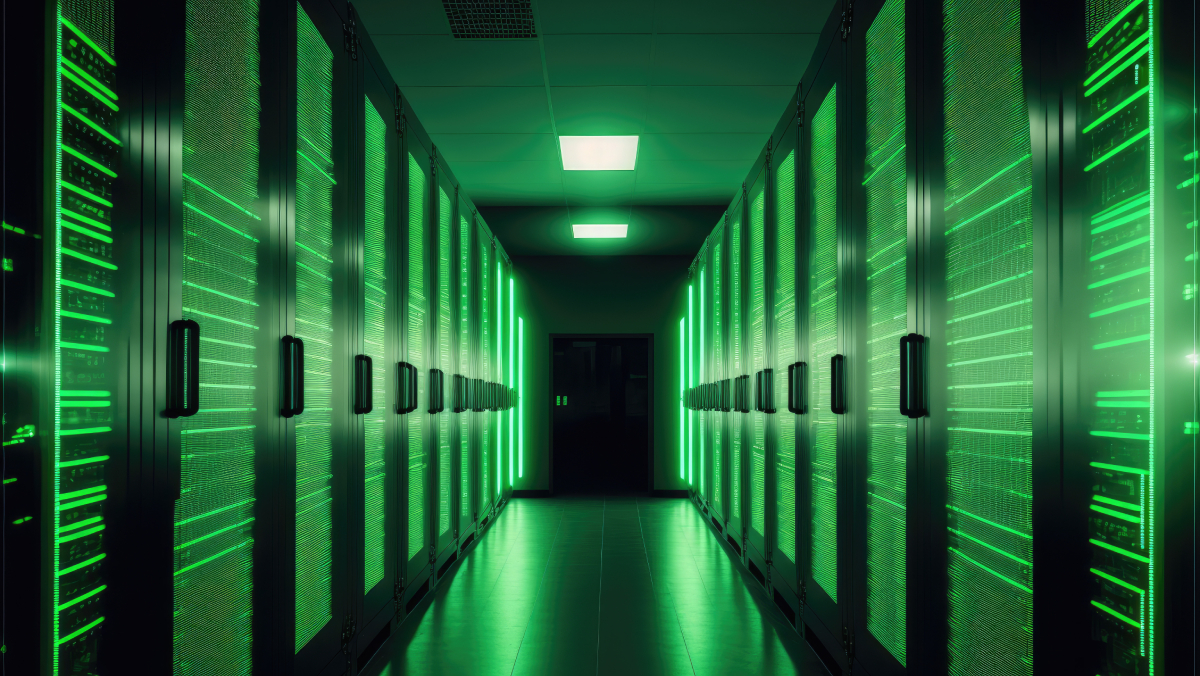Creating more sustainable versions of software-defined storage solutions via the use of solid-state drives can play an essential role in empowering several types of organisations to become both more green and more competitive, says Grant Lee of DapuStor.
Software-defined storage (SDS) has become the default approach for provision of flexible, secure and high-performance storage resources in the context of contemporary solution architectures. However, delivery of faster performance is always needed as new and more data-intensive applications emerge, and so every part of SDS systems must be continually evaluated to ensure that they can provide the growing demands of the digital world.
Although solid-state drives (SSDs) emerged as a crucial technology in this market several years ago now, they remain a relatively new technology. If you take a close look at the market, there are a number of specific but very lucrative and energy intensive applications that require storage systems with a large capacity and high-performance capability. This is what SSDs excel at, and they therefore have the potential to transform organisations working in these niches.
Emergence of AI tools
For example, in the past year or so, the world has seen a huge increase in the use of large language models – the technology behind tools such as ChatGPT that have brought the power of AI to the masses, and made ideas that seemed like science fiction just a few years ago, very real.
But if you look at the infrastructure that is used by companies such as OpenAI to train and fine tune these models, they require systems with extremely high performance that can handle large amounts of data in a very short time period. SSDs are perfect for this, and so it is likely that they will play a huge part in the development of such AI-based tools in the coming years.
Media and entertainment
Another industry that has undergone significant digital transformation recently is the media and entertainment industry. Streaming companies such as Netflix and Disney+ provide vast amounts of media at the fingertips of users across the globe, all available at the press of a button at the highest of resolutions and frame rates. The ever-improving quality of the content available has led to file sizes growing larger and larger, necessitating the need for more storage capacity and better storage performance.
To deal with this explosion of data, creative organisations in this industry are being forced to implement data strategies that support the level of mobility required to deliver their product, choosing solutions that can handle the increase in volume of data and facilitate the management of their workflows. These organisations are therefore increasingly turning to SSDs to deliver that higher level of performance and lower latency needed for today’s content.
Algorithmic trading in modern finance
A third scenario in which SSDs provide the perfect solution is high-frequency trading, a trading method that uses powerful computer programs to transact a large number of orders in fractions of a second. High-frequency trading uses complex algorithms to analyse multiple markets and execute orders based on market conditions. Traders with the fastest execution speeds are generally more profitable than those with slower execution speeds.
As you can imagine, the amount of data and the speed at which that data flows into the system when markets open is enormous. When the difference between success and failure in a trade comes down to a matter of milliseconds, the importance of the ability to handle and process this data as fast as possible cannot be overstated. SSDs are currently the best-placed technology to match the requirements of this industry.
The future of SSDs
So, clearly the demand for SSDs exists in the markets of today and the future. It is therefore important that the SSDs themselves are developed upon and improved to match the needs of these emerging industries, delivering high performance, high reliability and low latency for enterprise and data centre applications. They need provide end-to-end data protection, ensuring that data is protected from the moment it is written to the SSD, throughout the data transfer process, and during storage on the SSD. Power loss protection, using capacitors to ensure that data is not lost in the event of a power failure, is also preferable.
Power management features allow users to customise the power consumption of their SSD according to their specific needs, such as read or write intensive workloads. For example, users can set the SSD to a lower power consumption level during periods of low activity, reducing overall power consumption and extending the life of the device. This feature is especially beneficial for data centre and enterprise customers who need to optimise their power consumption while maintaining high-performance levels. By adjusting the power levels of their SSDs, users can reduce their energy bills and lower their carbon footprint, while still achieving high levels of performance and reliability.
At DapuStor, we are certain that the future of software-defined storage lies in the integration of SSDs to supercharge already existing platforms such as Ceph to provide faster solutions for the marketplace. This is something we have been working on alongside the technology infrastructure company Hyperscalers, and we believe that these new solutions will help to continue pushing the boundaries of what is possible for many organisations in the coming years.

